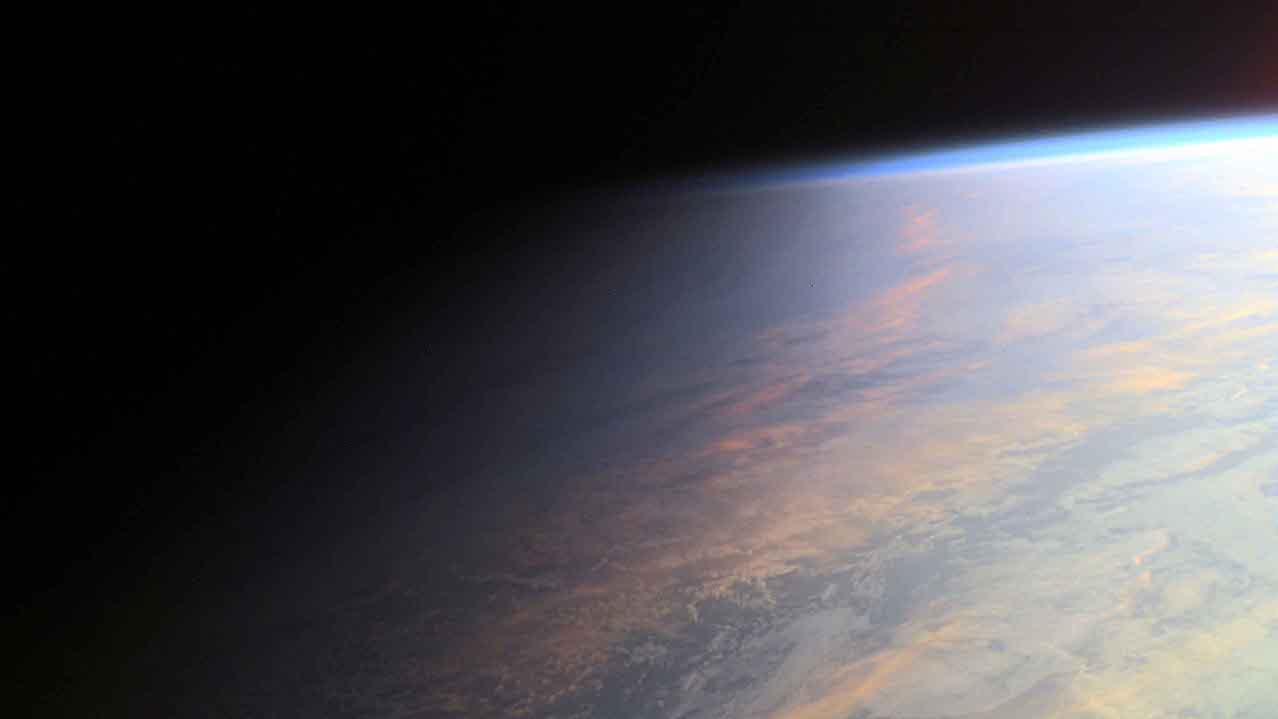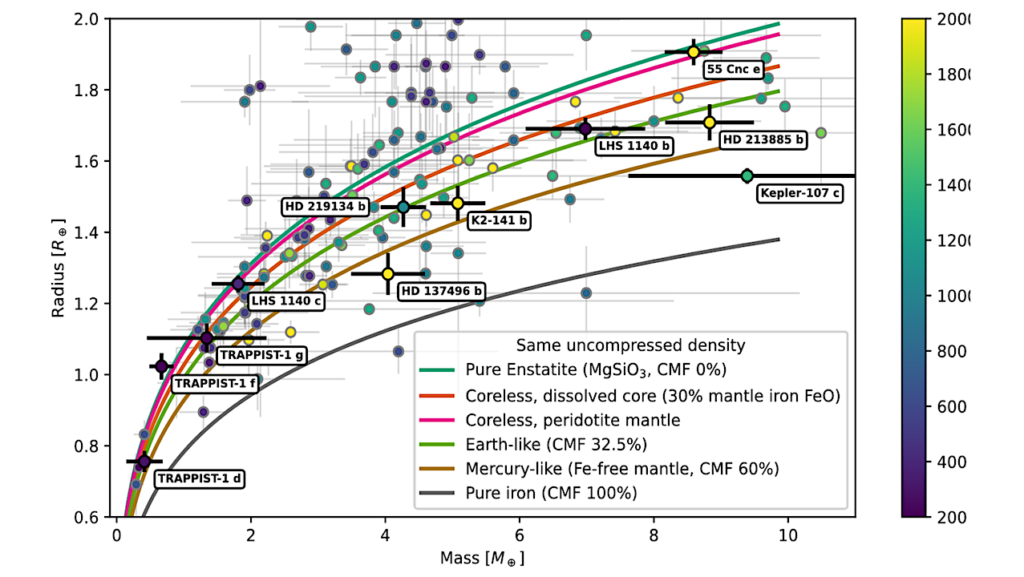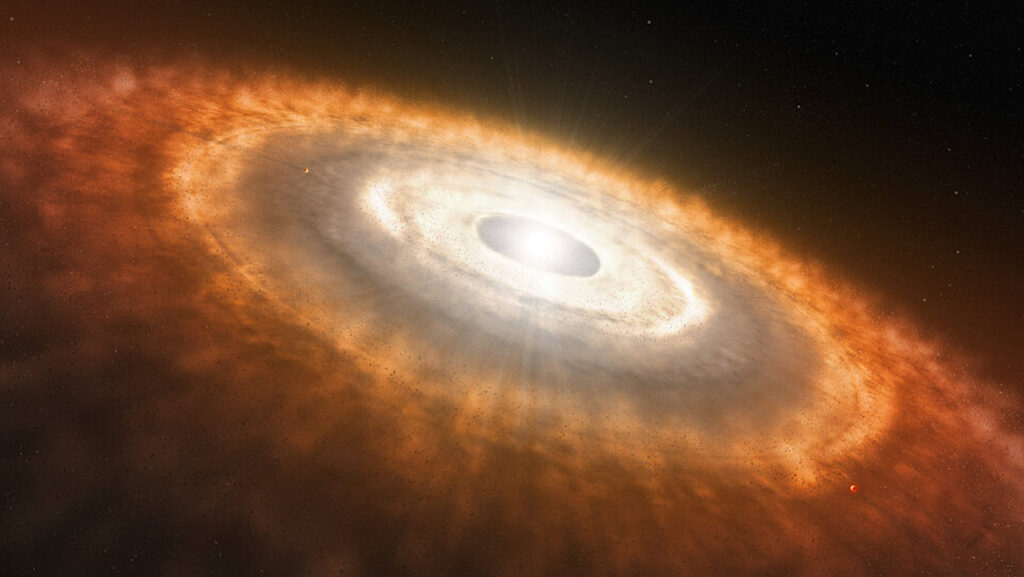NLTE Modelling Of Water-rich Exoplanet Atmospheres. Cooling And Heating Rates

The hydrogen and water molecules respond very differently to the collisional-radiative processes taking place in planetary atmospheres. Naturally, the question arises whether H2O-rich atmospheres are more (or less) resilient to long-term mass loss than H2-dominated ones if they radiate away the incident stellar energy more (or less) efficiently.
If confirmed, the finding would have implications on our understanding of the evolution of sub-Neptune exoplanets. As a key step towards answering this question, we present a non-local thermodynamic equilibrium (NLTE) model of H2O for the atmospheric region where the gas accelerates to escape the planet and conditions relevant to close-in sub-Neptunes.
Our exploratory calculations for isothermal gas composed of H2, H2O and e- reveal that: 1) In the pressure region ~1e-2 – 1e-4 dyn cm-2 where the stellar extreme-ultraviolet (XUV) photons are typically deposited in the atmosphere, H2O is in rotational LTE but vibrational NLTE.
Vibrational LTE is facilitated by high H2O abundances and fractional ionizations, and we report critical densities for the LTE-NLTE transition; 2) Vibrational cooling may locally dominate over rotational cooling, partly because of the comparatively small opacities of ro-vibrational lines; 3) Even low H2O abundances notably enhance the cooling, foreseeably offsetting some of the stellar heating; 4) Heating due to the deposition of stellar infrared (IR) photons is significant at pressures >=0.1 dyn cm-2.
We estimate the contribution of H2O excitation to the internal energy of the gas and speculate on the photodissociation from the excited vibrational states. Ultimately, our findings motivate the consideration of NLTE in the mass loss rate calculations of H2O-rich atmospheres.
A. García Muñoz, A. Asensio Ramos, A. Faure
Comments: Accepted for publication in Icarus
Subjects: Earth and Planetary Astrophysics (astro-ph.EP)
Cite as: arXiv:2404.02604 [astro-ph.EP] (or arXiv:2404.02604v1 [astro-ph.EP] for this version)
Submission history
From: Antonio García Muñoz
[v1] Wed, 3 Apr 2024 09:51:37 UTC (1,089 KB)
https://arxiv.org/abs/2404.02604
Astrobiology








